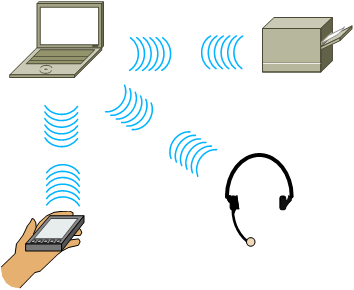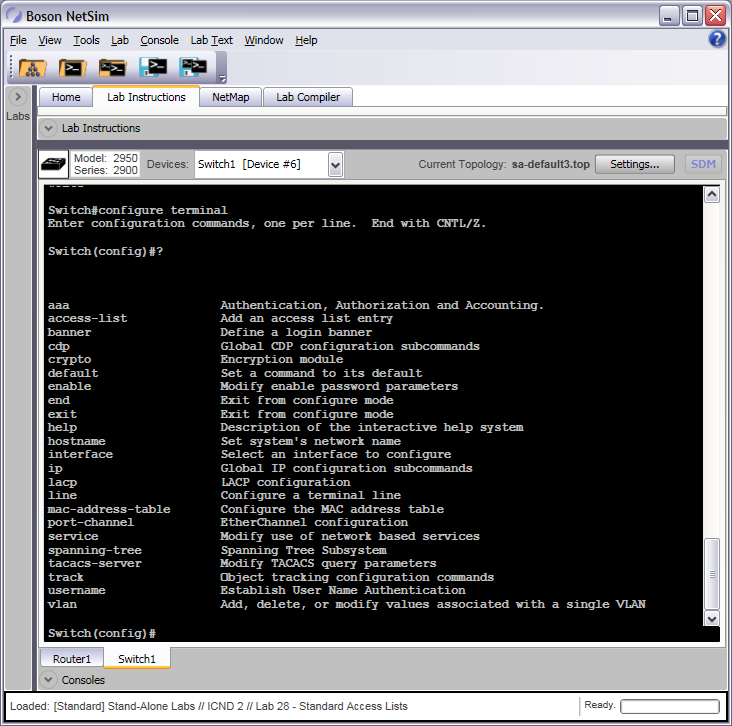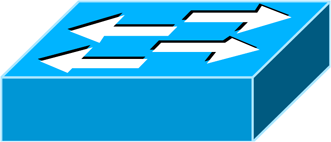By Michael Aldridge
Have you ever felt like the cartoon character who tries to kick the football, but at the last second, the football is jerked away, causing the poor guy to flip into the air and land flat on his back? Some of you who are studying for your Cisco Certified Entry Networking Technician (CCENT) or Cisco Certified Network Associate (CCNA) certifications might feel that way after Cisco's recent announcement of brand new ICND1, ICND2, and CCNA exams. But fear not! You're in a much better position than our cartoon counterpart is.
Kelson Lawrence
Recent Posts
The New 100-101 ICND1 Exam: Changes and Thoughts
Apr 8, 2013 4:43:00 PM / by Kelson Lawrence posted in ICND1 Revisions, CCENT
Back to the Basics: Networks and Topologies
Apr 3, 2013 2:30:00 PM / by Kelson Lawrence posted in Delana Hallstedt, Networks and Topologies, PANs, Personal area networks, Metropolitan area networks, LANs, MANs, WANs, Local area networks, Wide area networks
By Kailin Acheson and Delana Hallstedt
As you begin the process of setting up a network, you will likely first need to figure out how to best connect the devices on the network so that communications are optimal. You might have to do a little research, planning, and organizing to make sure everything is positioned to maximize performance on that network. One good place to start is with the devices you will need to deploy. You can ask a few key questions to help point you in the right direction, such as the following:
“Why can’t I print?!?!” – Is a Wi-Fi printer right for my network?
Apr 1, 2013 10:35:00 AM / by Kelson Lawrence posted in Delana Hallstedt, Wi-Fi printer, printer issues, local printer
MS Windows Tips and Tricks | 2.7.2 Miscellaneous Windows 7 Features
Mar 26, 2013 10:29:00 AM / by Kelson Lawrence posted in Windows 7, tips and tricks, Microsoft certification, AppLocker
2.7.2 AppLocker (part 2)
By Val Bakh
In last month’s blog post about AppLocker, we covered the basics of using AppLocker. Now let’s consider a few examples of AppLocker use that might help you avoid unexpected and sometimes unpleasant situations.
A Few Bytes About 32-bit vs. 64-bit Processing
Mar 25, 2013 8:49:00 AM / by Kelson Lawrence posted in 32-bit Processing, 64-bit Processing
By Tim Charlton
What’s the difference between 32-bit and 64-bit computing?
If you’re in the market for a new computer, or perhaps just a new operating system (OS), you’ve likely noticed designations such as x86, x64, 32-bit, or 64-bit. What do these designations mean, and how do they relate to your next technology purchase? Simply put, these designations indicate the amount of data that a computer system can process at any given time.
An Administrator’s Guide to Popularity
Mar 20, 2013 9:34:00 AM / by Kelson Lawrence posted in Network Administrators guide, tips, assess, backup, repair, event logs
Boson Exam Environment Customization
Mar 19, 2013 8:47:00 AM / by Kelson Lawrence posted in practice tests, custom practice exam, Boson Exam Environment, answers, questions
By Glenn
When you use the Boson Exam Environment (BEE) for an ExSim-Max or a Marketplace practice exam, you can incorporate several available customization options – these deliver a customized exam experience and allow you to take the exam in a way that works best for your study goals.
Back to the Basics: Device Access Modes Part 2
Mar 13, 2013 1:05:00 PM / by Kelson Lawrence posted in Device Access Modes, Interface Configuration Mode, Line Configuration Mode, Router Configuration Mode, Global Configuration Mode
By Kailin Acheson
In Part 1 of the Device Access Modes blog, we looked at some fundamentals: switches, routers, and access modes. To recap those modes quickly, user EXEC mode is represented by the Switch> prompt (or similar) and does not allow configuration changes. Privileged EXEC mode is represented by the Switch# prompt (or similar) and does allow configuration changes.
Subnetting Demystified
Mar 7, 2013 8:37:00 AM / by Kelson Lawrence posted in Binary Math, CIDR Notation, Why Subnet?, Fast Subnetting, Subnetting Demystified, IPv4, IP Addressing, Address Classes, Subnetting How To
By John Oden
It is 2013, and the last of the unallocated IPv4 address space was handed out by the Internet Assigned Numbers Authority (IANA) several years ago. The IT industry has been contemplating the looming depletion of the IPv4 address space since the early 2000s. Back in 2003, one would have thought that by 2013, we would be well on our way with the deployment of IPv6, which would once and for all eliminate the scarcity of available global IP addresses. Except that we're not. Not well on our way with the global deployment of IPv6, that is.
Back to the Basics: Device Access Modes Part 1
Mar 4, 2013 3:03:00 PM / by Kelson Lawrence posted in Networking Basics, switches, user EXEC mode, Device Access Modes, routers, privileged EXEC mode
By Kailin Acheson
It's been said that legendary coach Vince Lombardi once stood in front of his team of professional football players and stated, "Gentlemen, this is a football." That is starting at the beginning, with the fundamentals. Today we are going to discuss some fundamentals of networking: switches, routers, user EXEC mode, and privileged EXEC mode.









